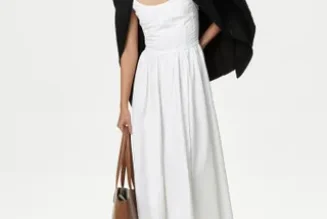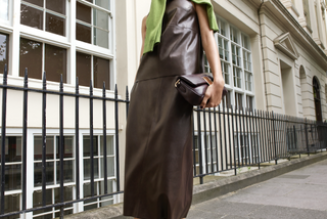For pop culture-following Gen Zers today, “Chanel” refers to a viral F1 T-shirt made famous by TikToker Madeleine White, “Dior” is a Pop Smoke track, and “Balenciaga” is king of memes, from towel skirts to trash bags.
As the first point of contact for young consumers, social media platforms are creating new tastes and constructs around the world’s biggest brands. Unlike their elders, Gen Z consumers are encountering and engaging with luxury in a new way, through memes, and in some cases, even sound, according to a new report from sonic branding agency AMP.
Garnering almost 70,000 followers, PatheticFashion is an Instagram account that pokes fun at the characteristics and subcultures that brands socially craft. For instance, it lampoons the booming popularity of Acne’s checkered scarf, and the political stereotypes represented by popular outerwear pieces like ERL’s swirl jacket or the Yeezy Gap puffer.
The person behind PatheticFashion, Cathal Berragan, tells Jing Daily that luxury houses woke up to the power of meme culture in 2017, when Gucci launched memes comprising relatable takes on the brand’s lookbook imagery to promote its #TFWGucci watch collection.
“This was the first time I had seen a luxury fashion brand leverage memes for marketing and they took a unique approach by having creators make bespoke memes,” says Berragan.

It’s a method of directly connecting to young people, while making high fashion digestible, relatable, and above all, entertaining to the masses. Fast forward to 2023, and brands such as Balenciaga or Avavav are crafting their collections to go viral.
Beyond entertainment value, social media is simply where Gen Z is, so brands need to be present. By 2026, millennials and Generation Z are predicted to make up 75 percent of luxury goods buyers.
Leading platform among Gen Z in China, Xiaohongshu steers young luxury consumer purchases in the mainland — in 2022, over 75 percent of those surveyed for a Luxury Consumer Insight Report said they had been introduced to at least one luxury product via the app.
On Xiaohongshu and Weibo, Balenciaga’s Lays chips bag went viral, selling out in China at the pre-order stage, according to a staff member at Balenciaga’s Plaza 66 store in Shanghai. Even though Balenciaga’s overtly cartoonish and novelty-focused take on fashion design is garish, it proves that ironic meme moments work.
“They purposely design certain items to be favored by meme creators,” says Berragan. “Their pieces are deliberately absurd and meant to be a commentary on high fashion.”
Hanan Besovic, the person behind IDeserveCouture on Instagram, says that meme fashion should happen naturally, rather than being the principal aim for creative directors.
“I think everything that is forced and does not come organically is going to be recognized by Gen Z as such. If something goes viral, or has a potential for it to be memed, the luxury sector should let the internet do its thing without interfering,” says Besovic.
“Luxury brands will create memes that paint them in the best possible light, but those memes often look like an obvious setup. They are not willing to be in on the joke, which makes a huge difference,” he adds.
In terms of social media marketing, brands have to, in part, surrender to the whims of Gen Z, without forcing meme-able moments. However, design and marketing campaigns can still be led by an awareness of this approach to consumerism.
Referring to memes as “today’s most influential art form,” Berragan emphasizes their influence over consumer behavior.
“Memes are especially powerful for communicating ideas about subcultures or demographics of people, which goes hand in hand with fashion,” she says. “I would argue that the most successful fashion brands over the last 10 years have been those that understand how to leverage the power of memes.”
Acknowledging that a brand’s collection might become more recognized via a Gen Z visual interpretation, rather than the initial concept, is one step toward utilizing this new form of consumerism.
Consumers today wield more power to influence luxury brands’ direction, due to the freedom that the internet offers. From Balenciaga collaborating with Erewhon, a brand that also is often trending for its extortionate price points, to Sandy Liang and Baggu conjoining their TikTok viral forces for the ultimate instantly-sold-out-collection, leveraging existing online reputations can enable brands to thrive.
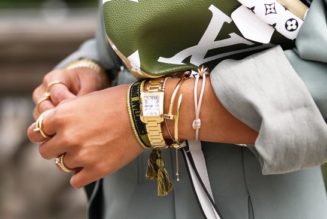

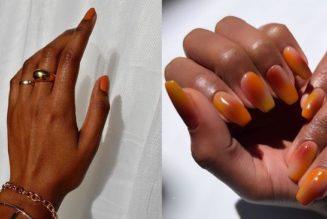
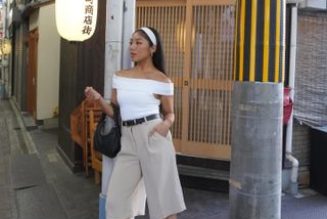
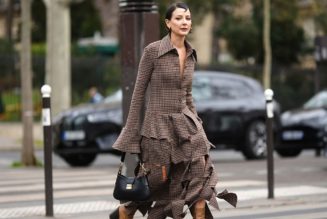
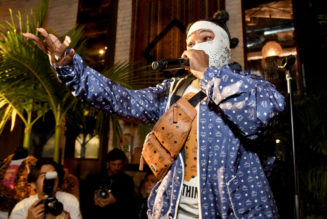
![[Weekender] Luxury labels target teens](https://www.wazupnaija.com/wp-content/uploads/2023/05/weekender-luxury-labels-target-teens-327x219.jpg)
